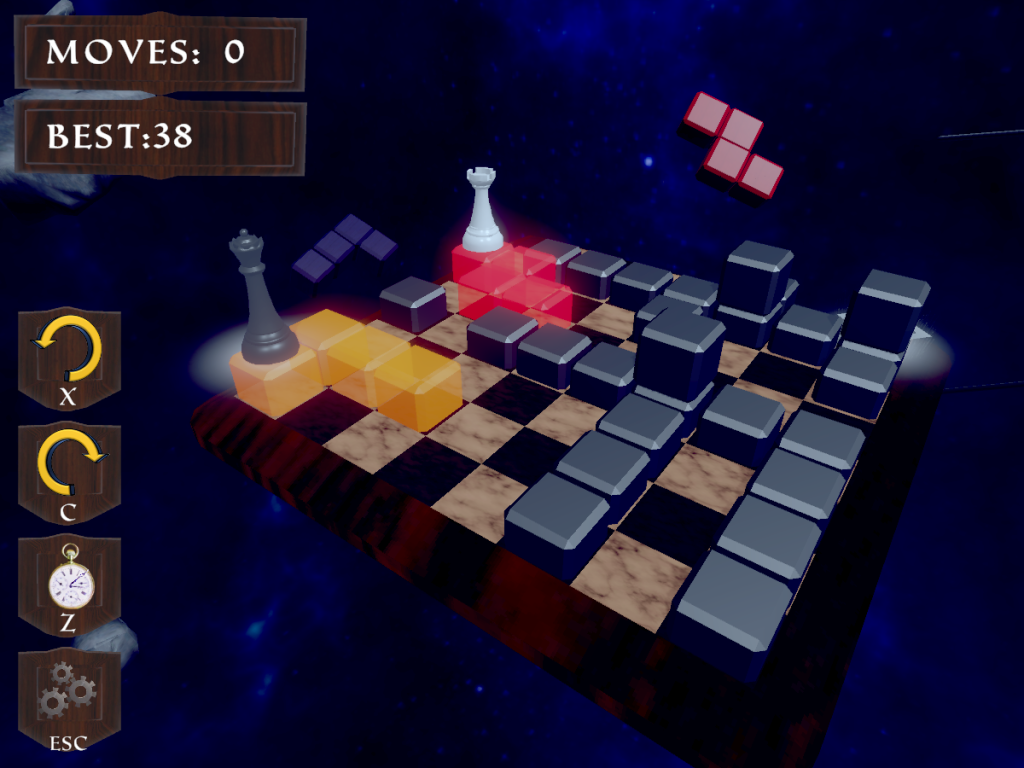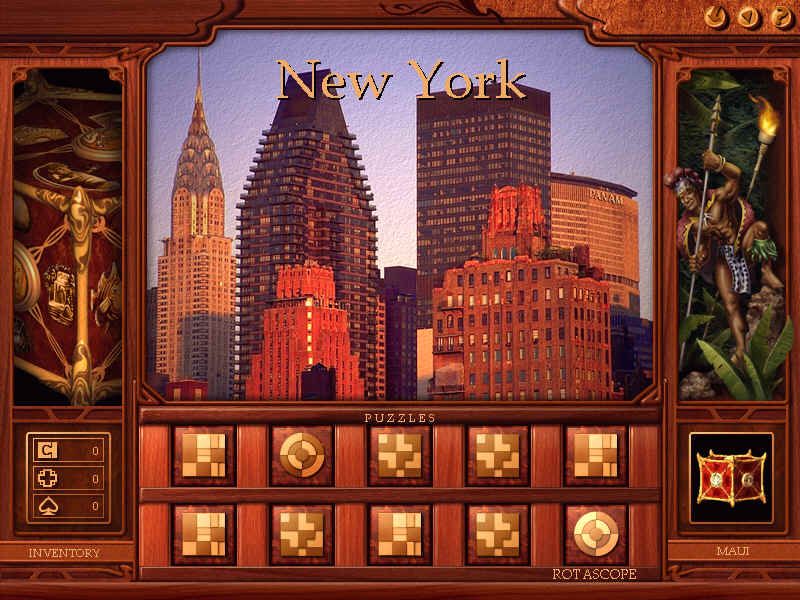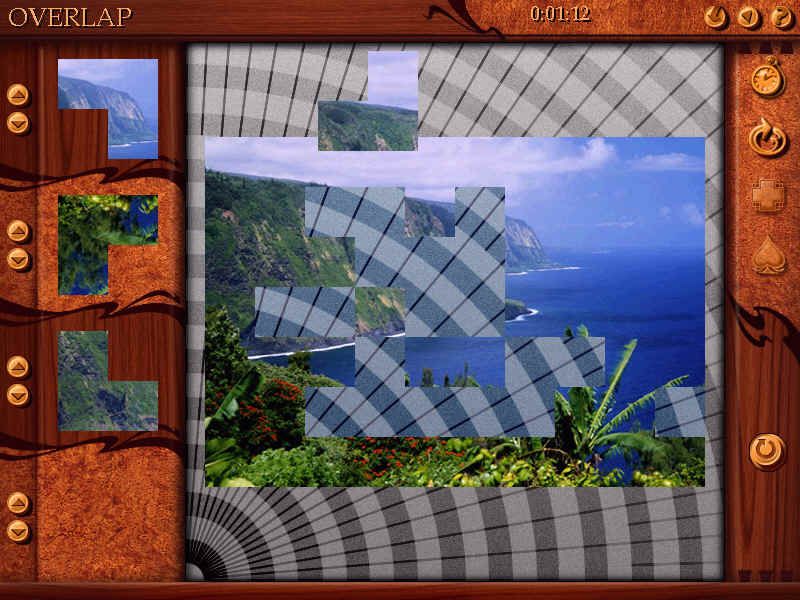Developer: Jonny Hopkins
Publisher: Johnny Hopkins
Year: 2020
Genre: Puzzle
System: Windows
In the decades since Tetris was released, there have been hundreds of games inspired by it. Not just clones involving falling blocks but also games that use the famous Tetris block pieces for other types of gameplay. Chesstris 2000 is a recent favorite of mine that does just that. The game combines elements of Tetris and Chess to create something new. Players clear levels by navigating a chess piece attached to a Tetris block though a maze of blocks to an exit square on the board. The Tetris inspiration also comes through in the line clearing mechanic where having a row of 8 squares clears that line. Sometimes you’ll need to clear lines to create room on the board but must also be careful to not eliminate your chess piece. I felt that the levels were well designed and slowly ramp up in difficulty.

I also love how the game sounds and looks. The Itch page cites inspirations like Tetris for Philips CD-i, Tetrisphere, Myst, and educational software, which all contribute to the game’s combination of the vaporwave and utopian scholastic aesthetics that really works for me. If you haven’t seen Tetris for the Philips CD-i before, I highly recommend watching a video of it on YouTube. We’ve had so many rereleases of Tetris games but I’m still waiting for this one. The soundtrack is by Stevia Sphere, using vaporwave music under the Creative Commons license, and fits perfectly with the aesthetic the game is going for.
I really can’t recommend Chesstris 2000 enough if you’re looking for a puzzle game. It’s available as Pay-What-You-Want on Itch and available as both a browser game and download so anyone can play it.
Chesstriss 2000 is available on Itch.io and through the Indiepocalypse anthology.


